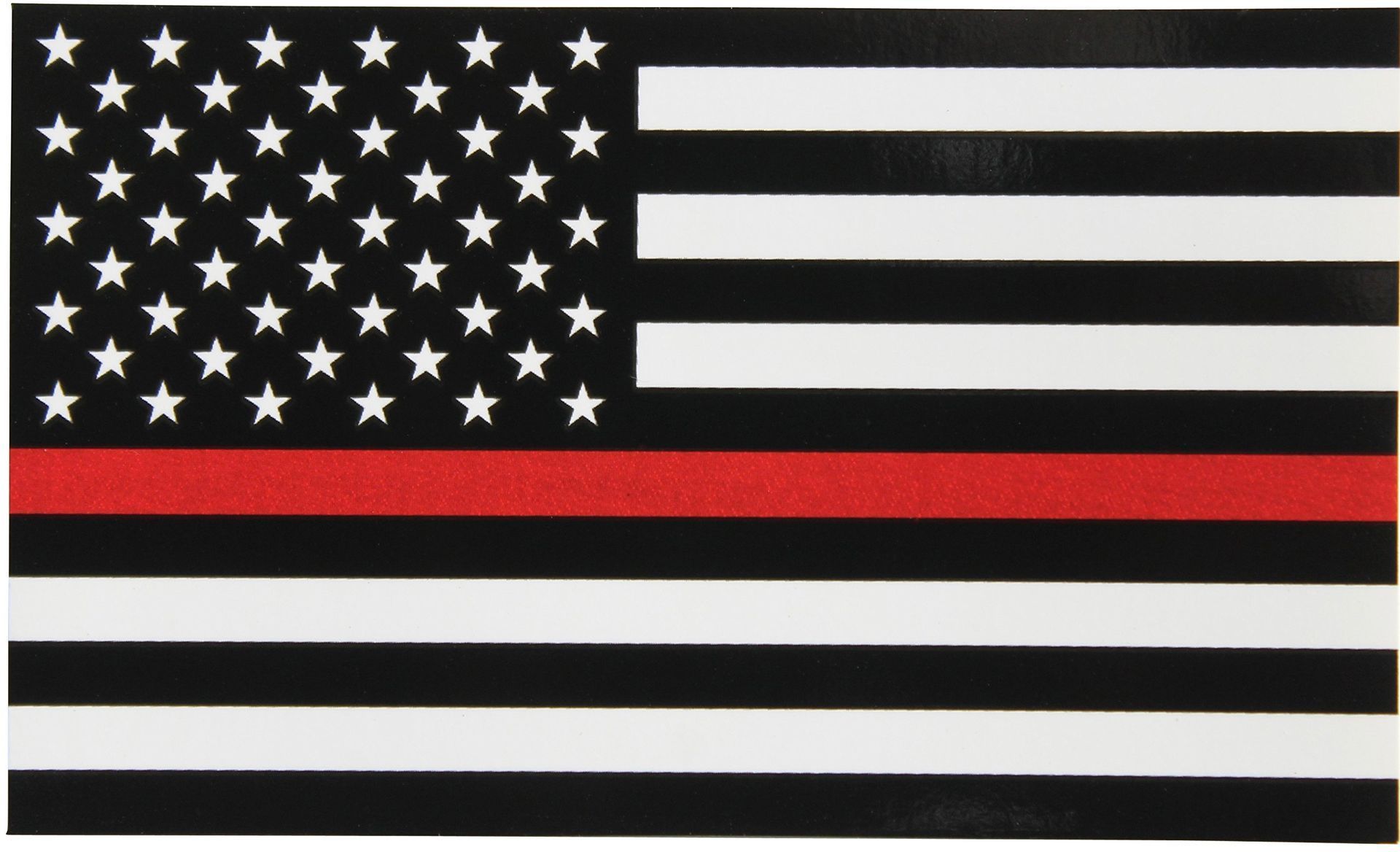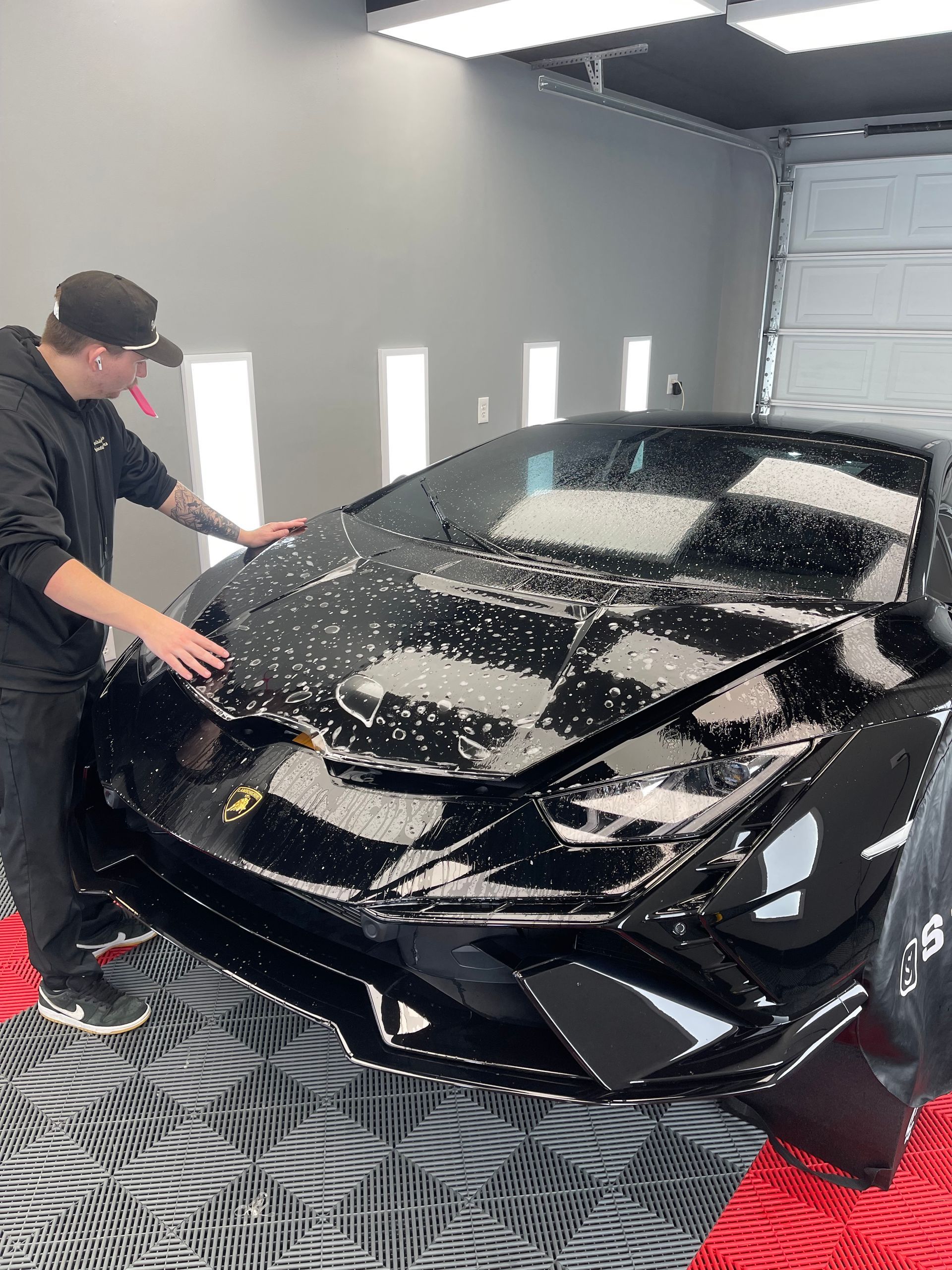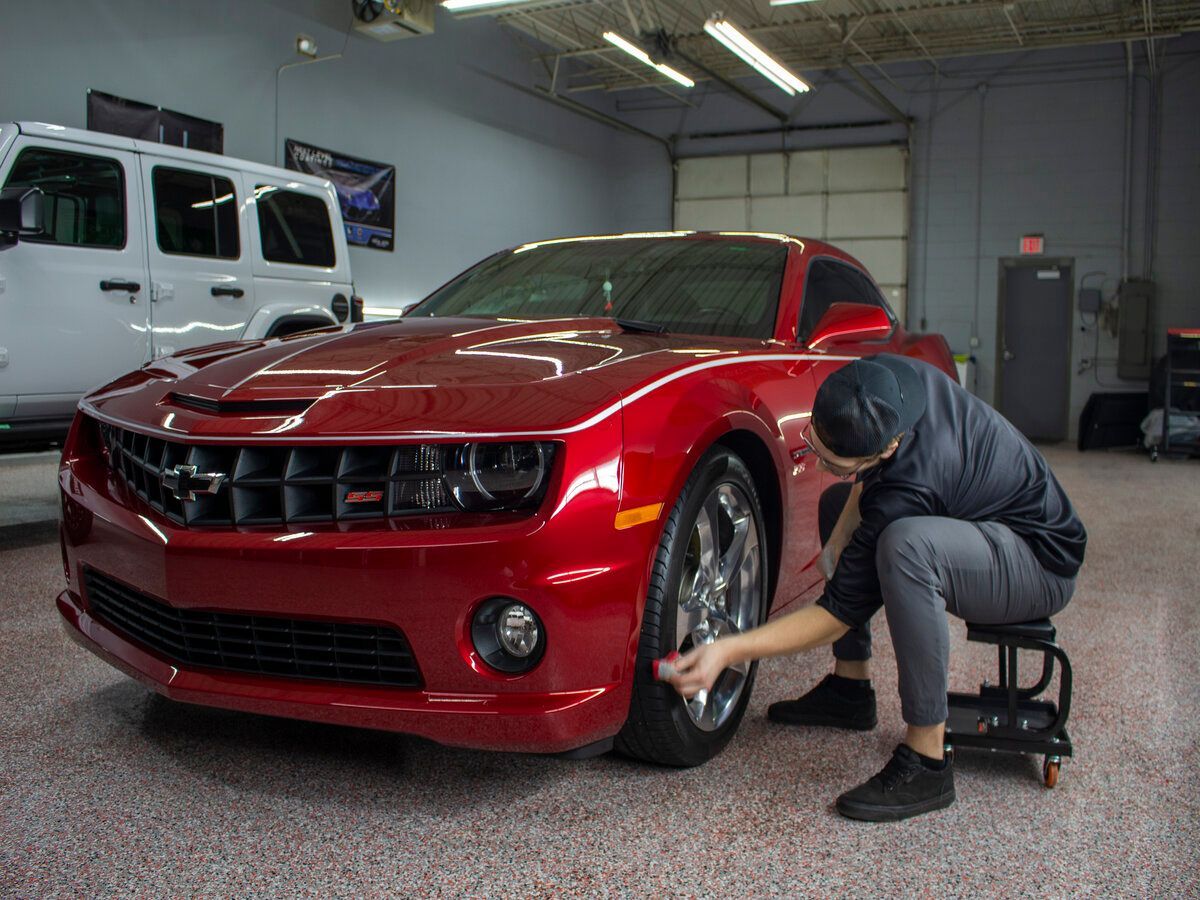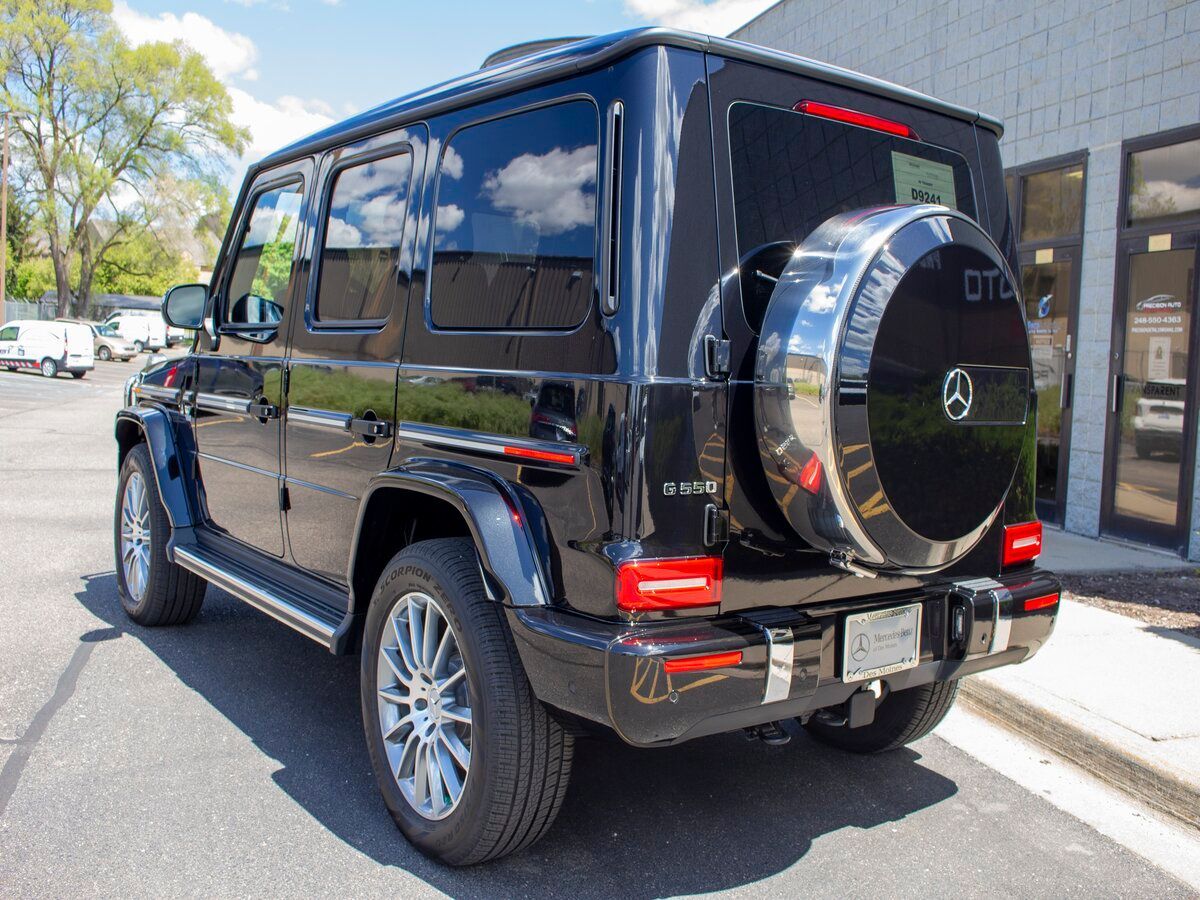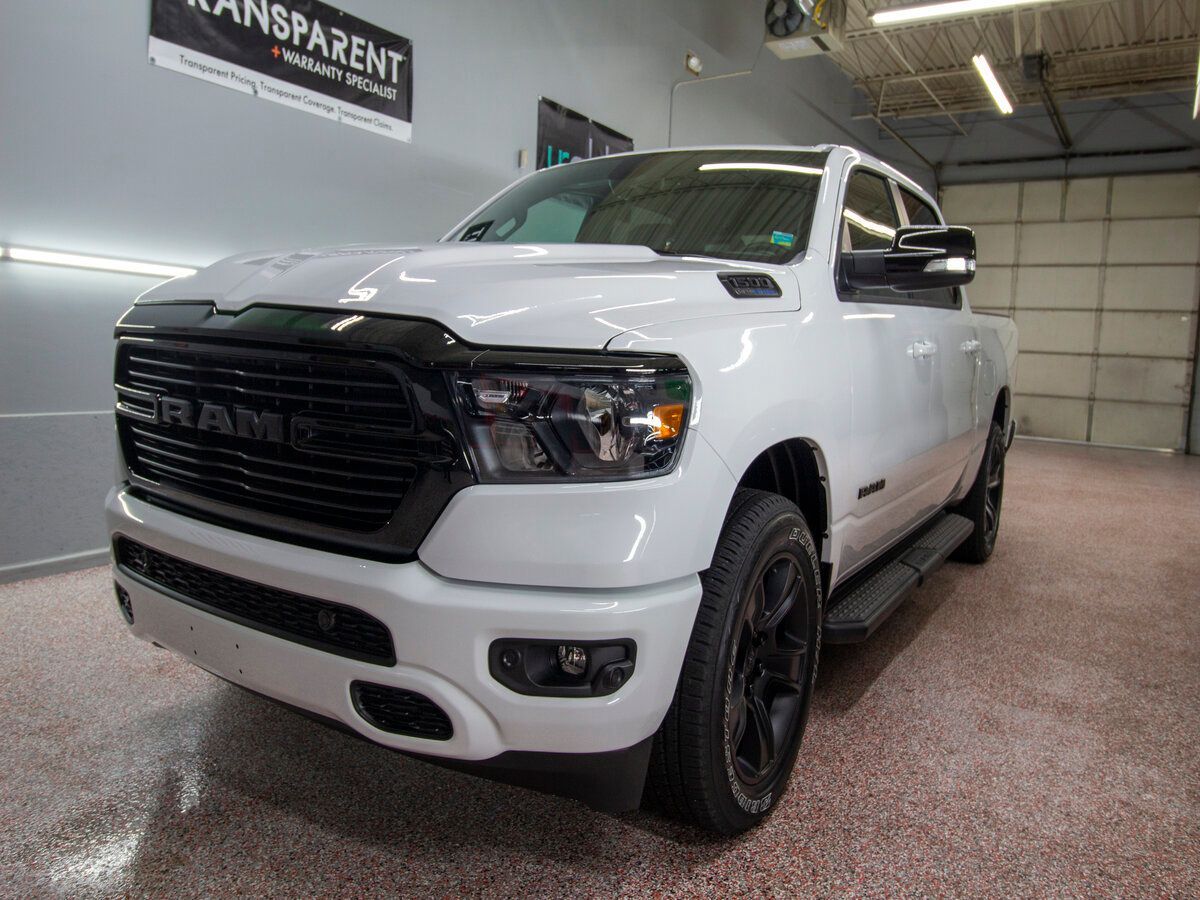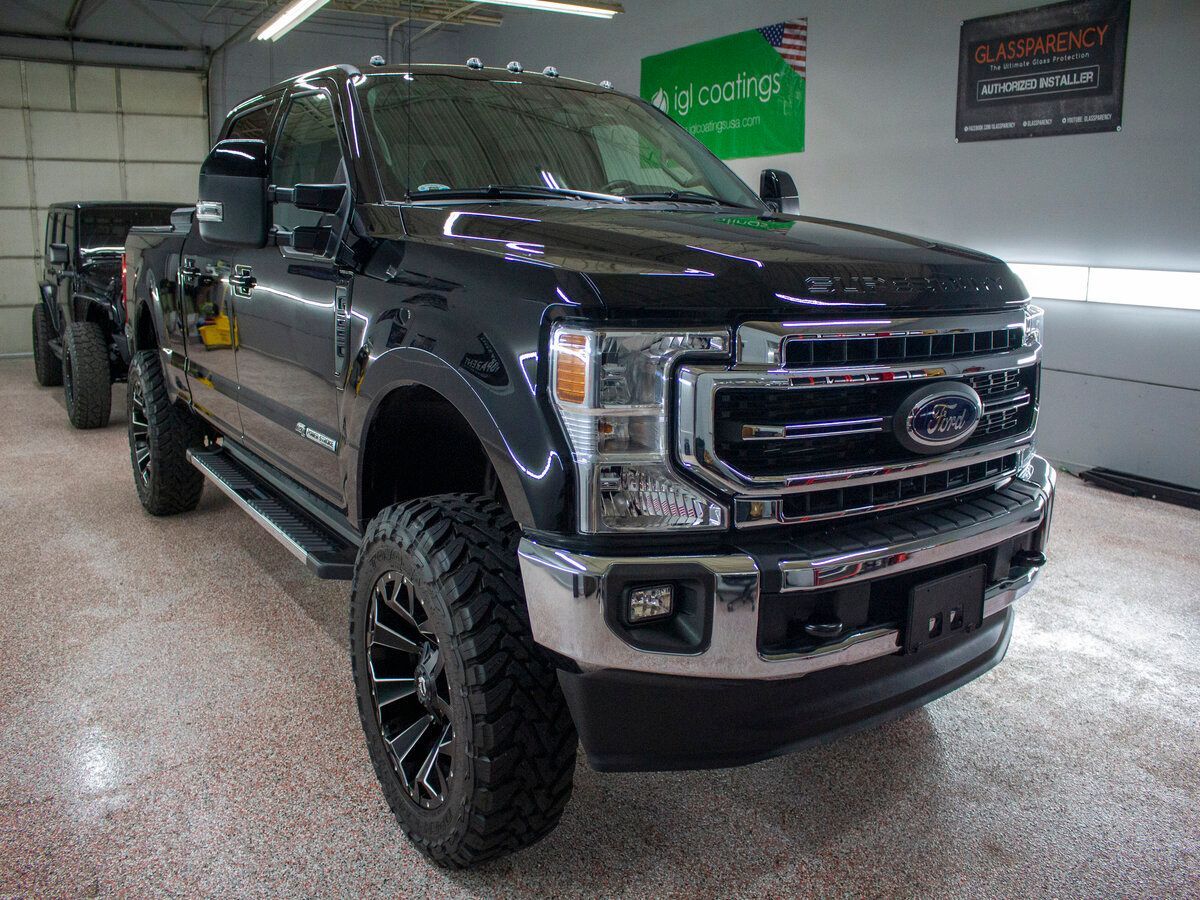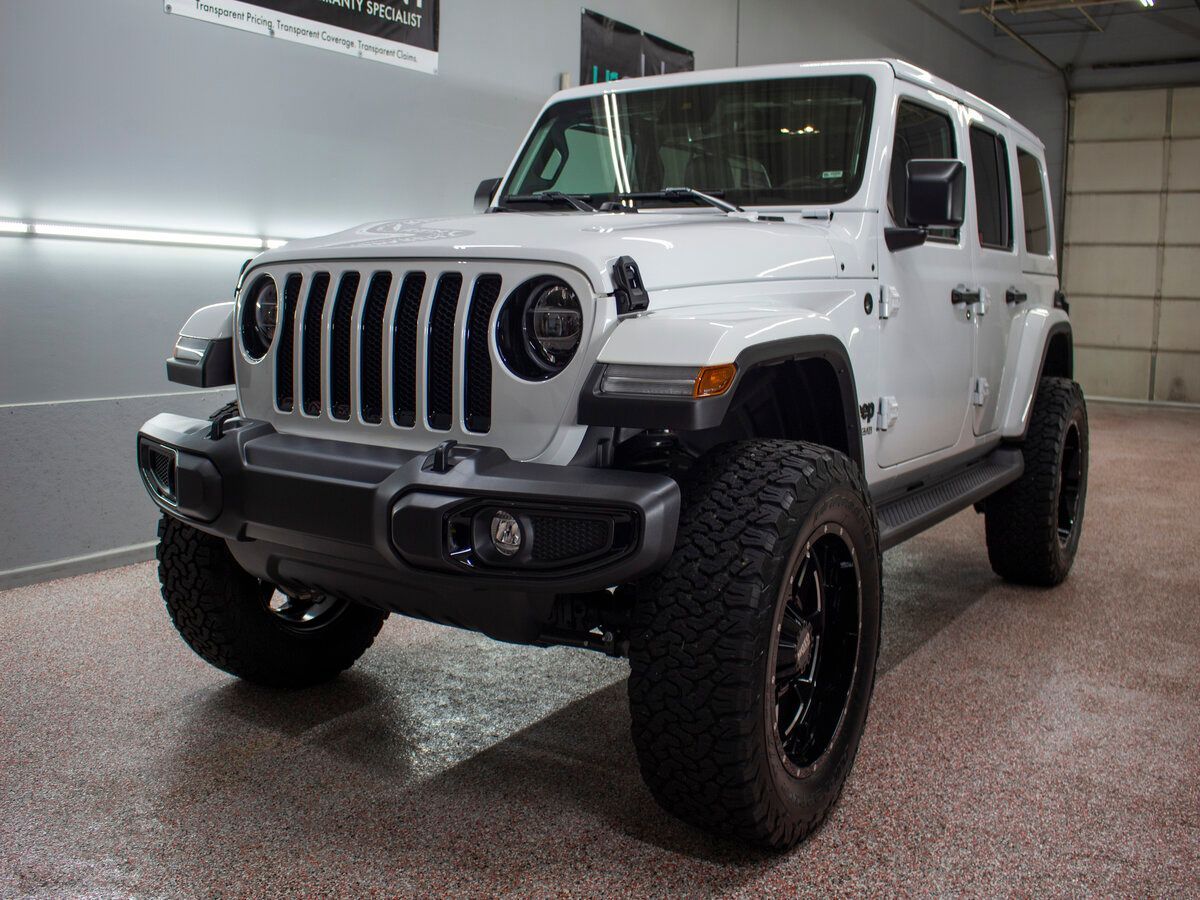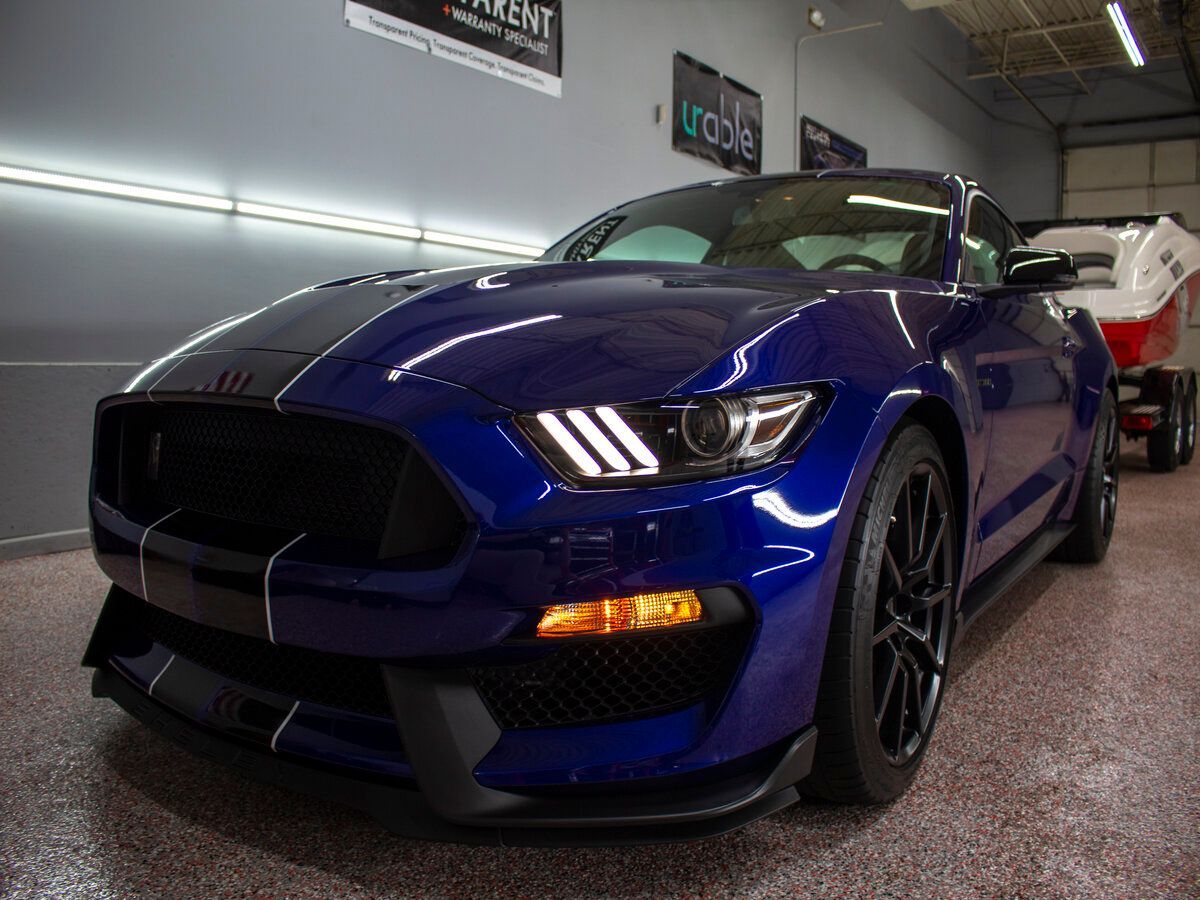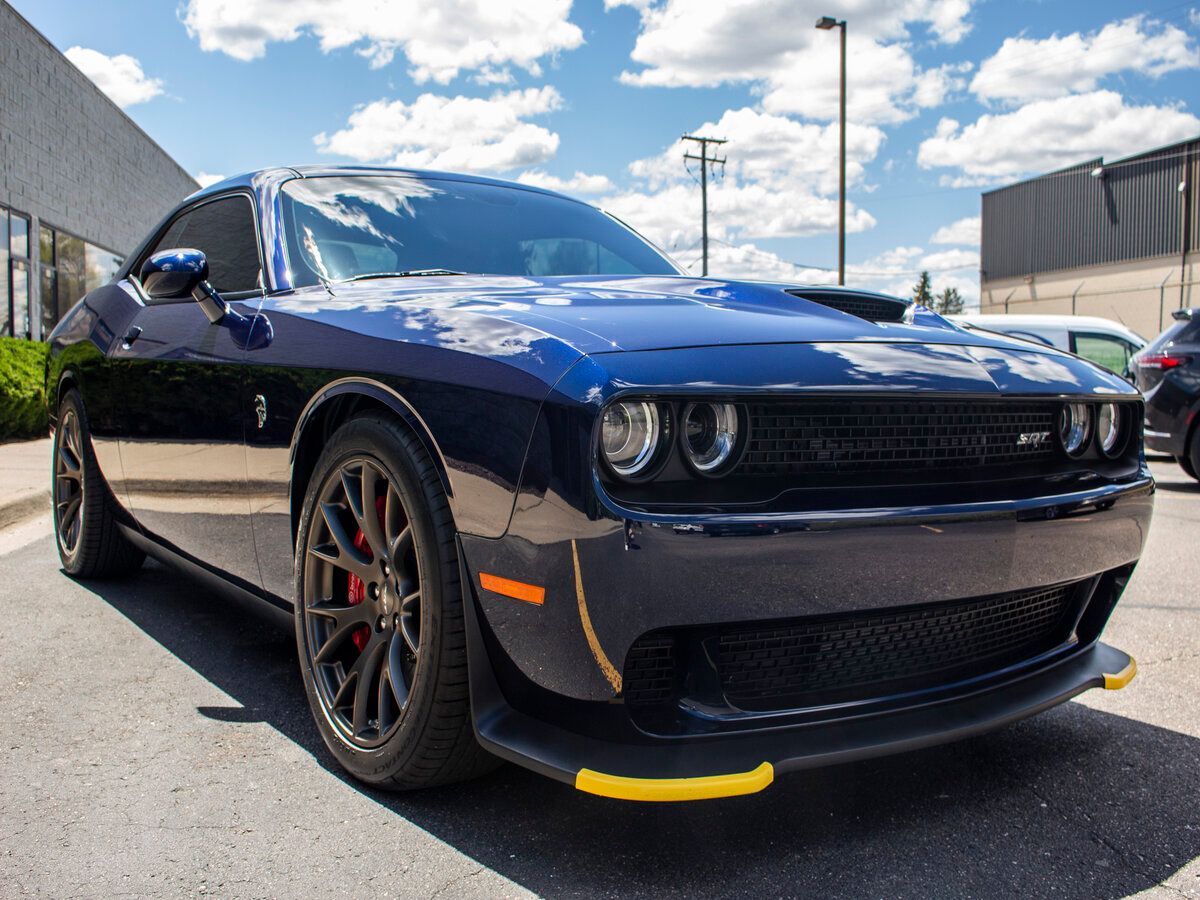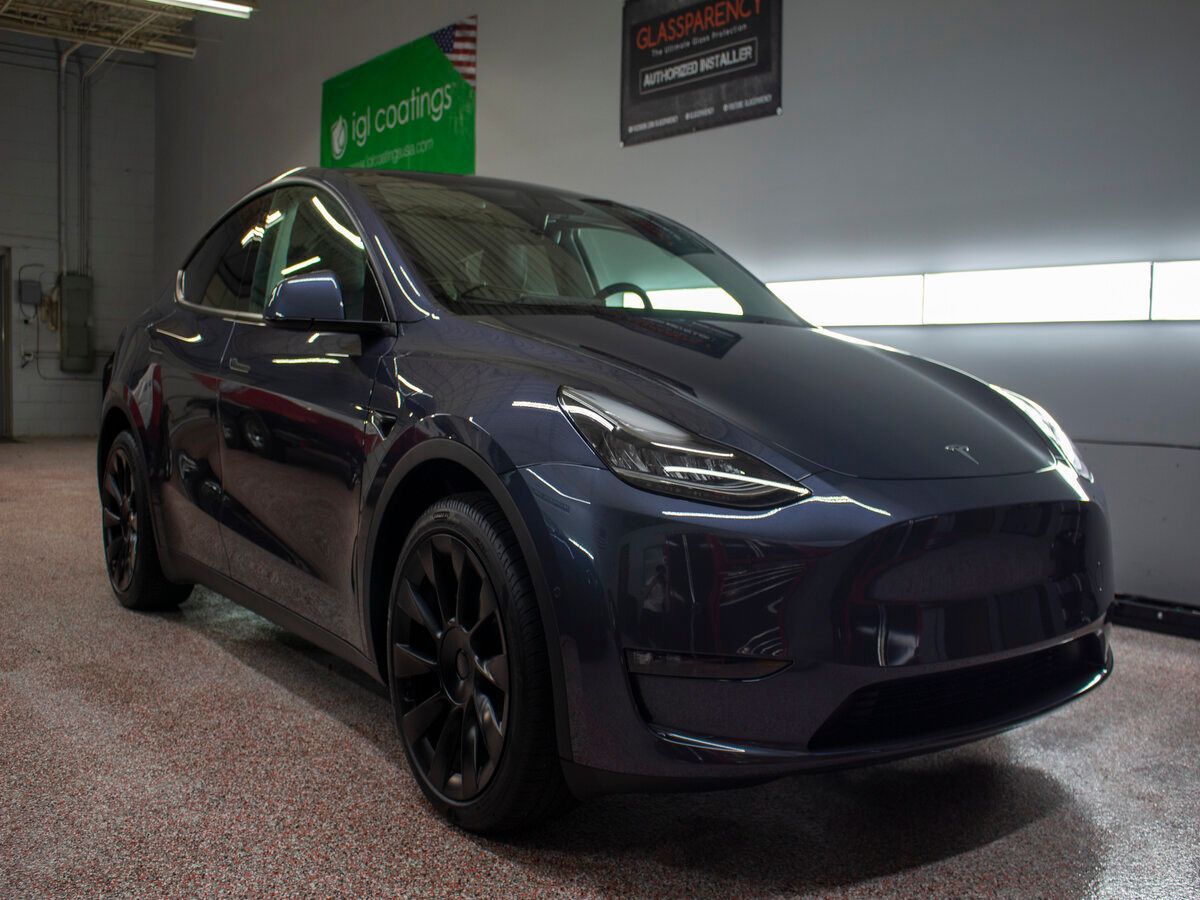How to Choose the Right Paint Protection Film for Your Vehicle
GET A FREE ESTIMATECALL (248) 550-4363
Every car enthusiast knows the agony of seeing that first chip on a new vehicle. Whether it's due to road debris or everyday wear and tear, maintaining your car's flawless finish can feel like an uphill battle. This guide explores how to choose the right paint protection film (PPF) for your vehicle, ensuring it remains as impressive as the day you drove it off the lot. We've gathered extensive information on different types of PPFs—from conventional polyurethane films to advanced self-healing options. Driven by expert opinions and real-world testing results, this guide aims to provide you with everything you need to make an informed choice. Let's begin by understanding the profound benefits PPF can offer in protecting your car's paintwork from common threats like UV rays and environmental contaminants.
Understanding PPF Benefits
One of the most compelling benefits of PPF is its ability to guard your vehicle against physical damage, which includes rock chips and minor abrasions. Additionally, PPF acts as a shield against environmental factors that threaten your car's appearance. For example, UV rays from sunlight can lead to paint fading over time, diminishing the vehicle's resale value. This alone can save you money in the long term by extending the life of your vehicle’s aesthetic appeal. It's not just about appearances; preserving the paint contributes to overall vehicle longevity.
Self-Healing Capabilities
Beyond physical and environmental protection, another significant benefit is the self-healing capability of high-quality PPF. This characteristic means that minor chips almost magically disappear when exposed to heat, whether from sunlight or a heat gun. The urethane material used in premium films has remarkable elasticity, allowing it to "heal" itself. Weighing these multiple benefits—protection from damage, defense against environmental wear, and remarkable self-healing properties—points toward choosing the right materials for optimum performance and durability in protecting your investment.
Types of PPF Materials
Among the various options available, polyurethane films stand out as the most popular choice for paint protection film (PPF). This type of material is renowned for its impressive durability and elasticity. Originally developed for military applications, polyurethane's robustness enables it to withstand challenging conditions that vehicles often face. It acts like a shield, providing effective protection against rock chips and other forms of damage. This is particularly important if you frequently drive through rugged terrain or urban environments.
Polyurethane Films
Polyurethane films provide a combination of flexibility and strength that makes them ideal for automotive use. For example, when you run your hand over a surface coated with polyurethane, you can almost feel the protective barrier it creates against typical driving hazards. The film is designed to absorb impacts and resist abrasions while retaining its aesthetic appeal—a crucial factor if you're keen on maintaining your car's appearance. As technology has evolved, so to have the materials used in paint protection films.
Thermoplastic Polyurethane (TPU)
Enter thermoplastic polyurethane (TPU), an advanced iteration of conventional polyurethane. TPU combines the durability of hard plastics with the flexibility of rubber, creating a hybrid material that excels in performance. What does this mean for your vehicle? It implies enhanced resistance against abrasions and impacts, ensuring a longer-lasting defense against road debris and weather conditions. Think of TPU as a high-tech armor that adapts to different situations, stretching and flexing as needed without sacrificing protection. While TPU provides significant advantages, some PPFs elevate their protective capabilities even further with additional coatings.
Acrylic and Nano Ceramic Coatings
Certain PPFs feature coatings such as acrylic or nano-ceramic layers, which enhance their protective performance. These extra layers not only bolster the resilience of the film but also introduce hydrophobic properties, making it easier to keep your vehicle clean. Imagine driving through muddy roads only to discover that a quick rinse removes all grime effortlessly—the hydrophobic qualities prevent dirt from adhering to your car's surface. Furthermore, these coatings serve as barriers against environmental contaminants like bird droppings or tree sap that could otherwise lead to corrosion or staining.
Understanding these materials lays the foundation for exploring what specific features you should look for when deciding on paint protection solutions tailored to your needs.
Key Features to Consider
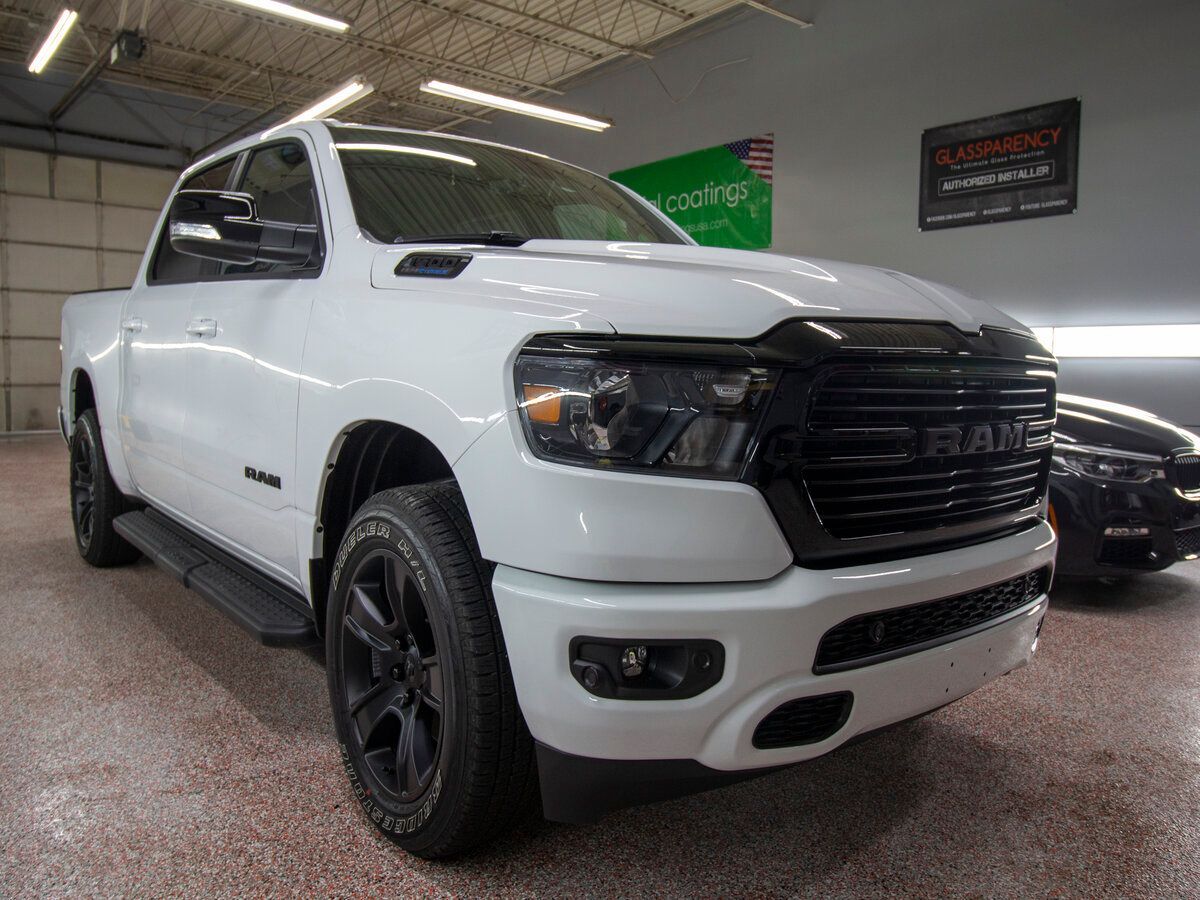
One major aspect buyers should focus on is thickness. The thickness of the film directly impacts its protective capabilities. Standard PPF thicknesses generally range from 6 mils to 8 mils; this measurement tells us just how many thousandths of an inch thick the film is. A thicker film tends to provide enhanced protection against dings and environmental damage, acting like a robust shield for your vehicle's paint. However, thicker films can also become more noticeable once applied. If you're aiming for a seamless look, consider this trade-off carefully.
Clarity and Gloss
Another critical feature to examine is clarity and gloss. When applying paint protection film, you want it to be almost invisible and not compromise the visual aesthetics of your vehicle. High-quality PPF is designed to offer exceptional clarity that allows the original color and finish of your paint to shine through brilliantly.
Ease of Removal
An often-overlooked quality in PPF is its ease of removal. You’ll want a product that can be detached without leaving behind residue or damaging the underlying paint when it’s time for updates or changes. This feature becomes especially significant if you’re leasing your vehicle; you want a film that's simple to peel off before turning in your car without worrying about potential charges for paint damage. A well-designed PPF should come off cleanly, allowing for stress-free replacement after several years or whenever you decide it's time for a refresh. In addition to these key features, exploring self-healing properties may also play a pivotal role in your selection process, as they could enhance the longevity and performance of the film you choose.
Application Tips and Techniques
The art of applying PPF relies heavily on the details. One of the first steps is to ensure you have a clean workspace that expands beyond just the vehicle itself. It's essential to choose a location free from dust, dirt, and wind, as even the smallest particles can compromise your installation. Cleaning both the car and your hands and tools before beginning helps minimize potential contaminants that could interfere later.
1. Clean the vehicle. Thoroughly
As you prepare the vehicle’s surface, opt for a pH-neutral car wash soap to wash away any pollutants. After washing, follow up with a thorough rinse to avoid any soap residue left behind. A microfiber towel comes in handy—its softness will prevent potential damage to the paint while drying off any remaining moisture. Using an isopropyl alcohol wipe can remove stubborn marks or oils; this final step ensures no contaminants are hiding on the surface, leading to an optimal bond between the film and paint.
2. Measure and cut appropriately.
When it involves measuring and cutting of PPF, precision is key. After securing your pre-cut kits or preparing your bulk roll, take time to carefully measure each panel. Use a tape measure or ruler for accuracy, and mark cutting lines lightly with a pen or chalk that won’t damage the film. This meticulous approach prevents excess film from hanging over edges or not covering essential areas adequately.
3. Use a Slip Solution
Now it's time for the slip solution—this mixture works wonders in easing application. Combine water with a few drops of baby shampoo—or a dedicated slip solution if you prefer—to create a slick layer on both the film and the vehicle surface. This not only facilitates repositioning but also helps reduce friction during application. When placing your film, take your time adjusting its position for perfect alignment.
4. Squeegee Out Air Bubbles
With the film properly positioned, it’s crucial to eliminate air bubbles that might invite peeling later on. Gently use a squeegee at about a 45-degree angle from the film's edge, starting in the middle and working your way out toward the edges. This method pushes air and excess liquid toward the edges instead of trapping it beneath. If you encounter particularly stubborn bubbles, warming them slightly with a heat gun can make them easier to work out, aiding adhesion.
By following these focused techniques, you're not merely applying a protective barrier; you're enhancing the durability and appearance of your vehicle's finish.
With these techniques in mind, let's now turn our focus towards understanding the different financial options available for this investment.
Cost and Warranty Options
When you set out to protect your vehicle with paint protection film (PPF), it’s important to consider both the upfront cost and the long-term savings from a robust warranty. The price of PPF can vary significantly based on a variety of factors, which can be a source of confusion for many. On average, full car coverage costs anywhere between $1,500 and $5,000, influenced by the quality of the film and your vehicle's size and shape. These variable costs often lead potential buyers to wonder if the investment is worth it.
For those who are cautious about expenses but want reasonable protection, partial coverage options can provide a solution. Targeting high-impact areas such as the hood, front bumper, and side mirrors can reduce costs by around $500 to $1,200. However, be mindful that while this approach saves money upfront, it might leave other vulnerable sections of your vehicle exposed to potential damage.
Notably, when considering these financial figures, you should pay close attention to warranty options linked to different products.
Warranty Considerations
The warranty terms offered can vary dramatically among brands. These warranties typically cover significant performance issues like yellowing, cracking, and peeling—all common concerns for PPF users over time. It’s essential to understand that maintaining warranty coverage often requires professional installation.
Your investment in a quality product and the installer's expertise matter. A poorly applied film may lead to complications that void warranties or result in premature wear. Therefore, looking for certified installers who are experienced with PPF can save you both headaches and expenses down the line.
While weighing the upfront cost against long-term value is crucial, understanding how to care for your investment for optimal performance will also play a key role in preserving your vehicle's finish.
Maintenance Best Practices

Proper maintenance of your PPF is essential to retain its protective properties and appearance, making it look as good as new despite the wear and tear from daily driving. Regular washing with a mild car shampoo and avoiding harsh chemicals are vital steps to keep the film in optimal condition. Cleaning not only preserves the film's integrity, but also enhances the visual appeal of your vehicle. You can effectively remove dirt and grime without causing damage to the film by using a pH-neutral cleaner. It’s like sending your car to a spa day rather than a wild mud wrestling match; gentle care goes a long way.
- Use pH-neutral cleaners: This ensures that the film does not degrade over time due to harsh chemical reactions.
- Avoid abrasive sponges or brushes: Using soft microfiber cloths prevents scuffing the film, keeping it clear and intact.
- Inspect for damage or lifting edges periodically: A quick glance at the edges or surface helps catch any issues early before they escalate into more significant problems.
If you notice imperfections, don’t fret—this is where the self-healing properties of high-quality PPF come into play. Many films are designed to mend themselves when exposed to heat. To facilitate this self-healing process, consider parking your vehicle in direct sunlight; the warmth will encourage the film to relax and repair itself over time. Alternatively, for quick fixes, using a heat gun on low settings can also help smooth out minor imperfections with precision. Just be cautious not to apply too much heat too quickly.
Remember, maintaining your paint protection film with these best practices not only extends its life but also protects your vehicle’s value and aesthetic charm. Regular upkeep is akin to nurturing a friendship; it requires some effort but yields beautiful results!
Incorporating these maintenance strategies will ensure that your paint protection film remains effective and visually appealing for years to come. Keeping up with regular maintenance not only protects your investment, but also keeps your vehicle looking its best.
Why Choose Precision Auto Protective Films & Ceramic Coatings for Paint Protection Film?
At Precision Auto Protective Films & Ceramic Coatings, we understand that your vehicle is more than just a mode of transportation—it’s a reflection of your personal style and a valuable asset. That’s why our
PPF services are designed to provide the highest level of protection for your vehicle’s paint. We use top-tier, durable films that shield your car from chips, road debris, UV rays, and environmental contaminants, ensuring that your vehicle’s finish remains flawless. With years of experience in the industry, our team at Precision Auto has honed the skills needed to perform seamless installations that are custom tailored to your vehicle’s specific needs. Our precise application methods ensure that the PPF fits perfectly on every curve and contour, providing invisible protection that enhances rather than detracts from the beauty of your car. Book now!
Quick Links
Our Location
43000 W Nine Mile Road, Suite 307
Novi, MI 48375
United States
Contact Us
Phone: (248) 550-4363
Email: info@precisionautonovi.com
Service Areas
This website was designed by the team at Detailers Roadmap, a platform developed for detailing operators across the globe.
All Rights Reserved | 8bitcreative, LLC | Precision Auto Protective Films & Ceramic Coatings

